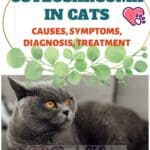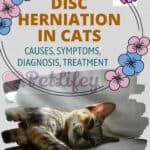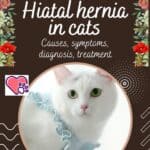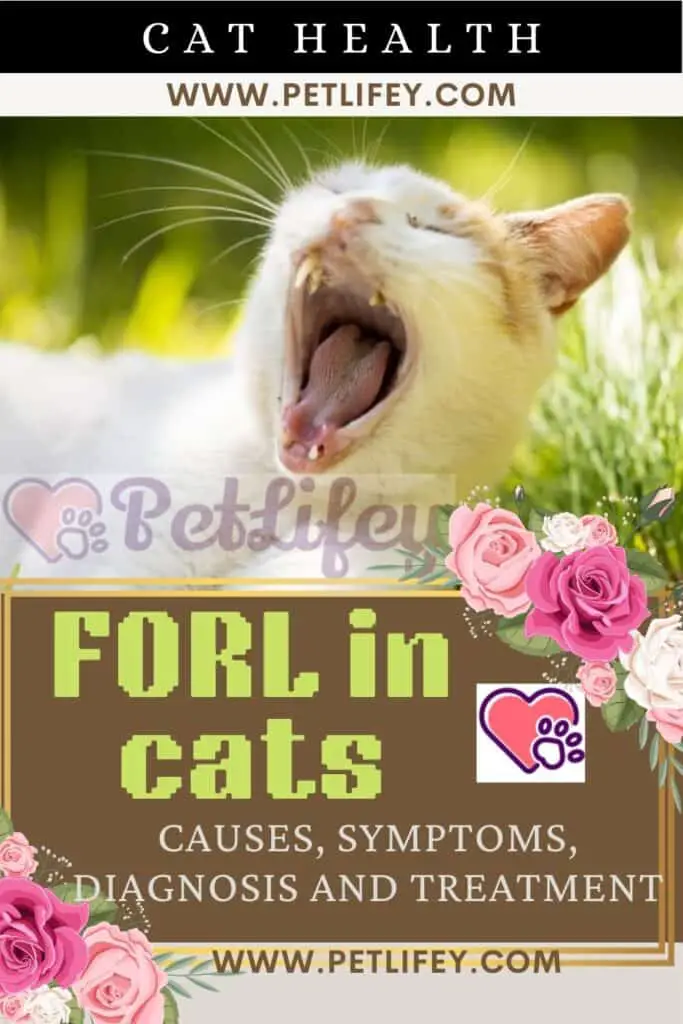
FORL in cats is a pathological condition that can lead to the breaking of six teeth. Let’s see what the causes, symptoms and treatment are.
Assuming that a healthy mouth must respect certain characteristics such as: white teeth with a smooth surface and without adhering substances; the cat’s gums must be pink, with no red areas or ulcers or blood or masses or nodules; there should be no bad breath and no accumulation of thick saliva in the corners.
Now having said this, if the situation should appear differently than described, this will mean that our pet is in a non-optimal condition of his oral cavity. In this article in particular we will deal with FORL in cats (Dental resorption lesions).
FORL in cats also known as false feline caries and together with periodontal disease is one of the most frequent diseases in cats. It affects 80% of cats over 8 years of age and rarely appears in kittens under 2 years of age.
It consists of a process of dental destruction that affects both the enamel and the dentin and even the cement and when it reaches the medullary canal it causes a lot of pain. It most commonly affects the root area although when it hits the neck area it causes the tooth to break and is left alone with the root.
Cause of Forl in cats
Unfortunately the causes are not yet well known, it certainly has nothing to do with cavities. Over the years, however, several hypotheses have developed, namely:
- immune problems that release substances that recall odontoclasts;
- problems with calcium metabolism;
- some types of food (for example the acid coating of the kibble does not predispose as the wet does to the development of this disease).
Symptoms
As is known to all those who live with a cat, it is often almost impossible to identify a pathology in the feline, as it has always been a very shy animal and rarely shows its weaknesses.
In fact, in this situation in particular, some do not even manifest it even in the presence of the lesions, while others may have different symptoms, such as:
- involuntary release of food from the cat’s mouth immediately after taking it;
- grinds his teeth;
- teeth chatter;
- feels pain when chewing and grasping food;
- anorexia (wants to eat, from too much pain)
- abatement;
- dysphagia (difficulty swallowing);
- screams of pain when putting food in the mouth;
- gingivitis in cats;
- sialorrhea (drools).
Diagnosis and treatment of Forl in cats
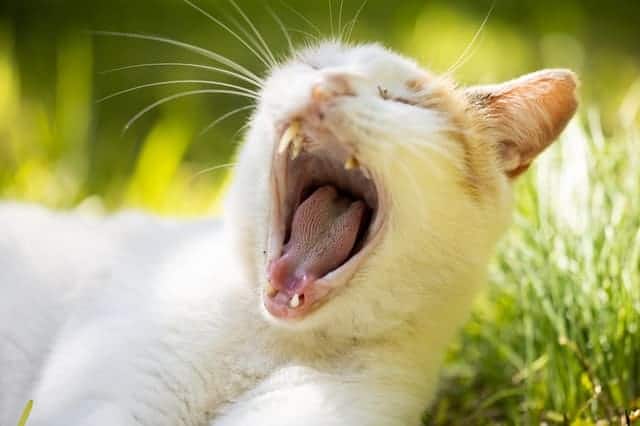
As for the diagnosis, the veterinarian during the visit will first evaluate through clinical suspicion. The cat, in fact, manifests a very strong pain when opening the mouth, often when awake it is not possible to inspect the mouth. If you were able to take a look inside, you would see a severe inflammatory picture accompanied by bleeding from the gum.
But the diagnosis will then have to be confirmed by oral examination (applying sedation, he will perform a good examination with a periodontal probe to observe the retraction of the gum, the appearance of dental holes, bleeding) and dental intraoral radiographs (essential tool to see the lesions in the dental roots and not visible from the outside).
In fact, through radiography, it is possible to find a higher percentage of lesions, especially those incipient or located in sites that are difficult to clinically explore).
FORL in cats was classified into four stages:
- Stage 1: asymptomatic, mild depression of enamel and cement.
- Stage 2: erosion up to dentin, pain, no puplar involvement and root lesions (detectable only with sedation radiographs).
- Stage 3: pulp tissue involvement, pain, bleeding, root resorption.
- Stage 4: severe resorption, coronal fractures, severe gingivitis. Injuries that cause significant loss of tooth structure, both of the crown and of the cervical root, ankylosis and / or root destruction. Most often there is gingival hyperplasia that hides the coronal lesion.
Regarding the treatment of these lesions, this aims to solve the problem of pain and inflammation, it varies in relation to the degree of involvement of the elements treated, different types of dental interventions are proposed.
Currently the only most effective method is dental extraction since the reconstruction of the dental piece and / or endodontics usually does not give a good result. This procedure consists of surgery, albeit difficult and requires an adequate precise technique. Subsequently followed by the prescription of antibiotics, anti-inflammatories and analgesics.

